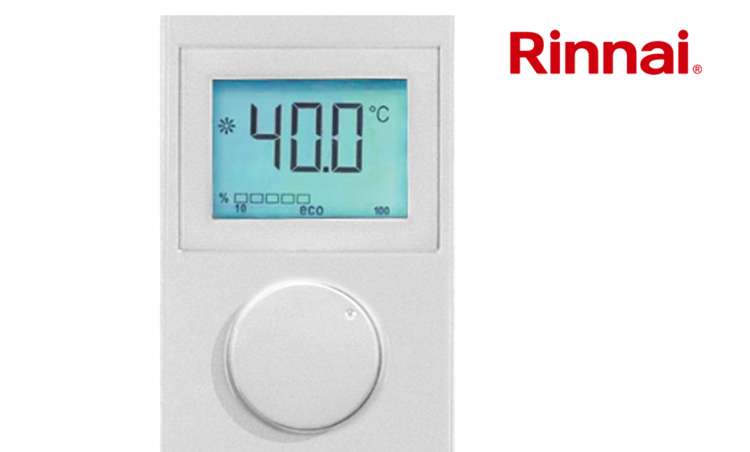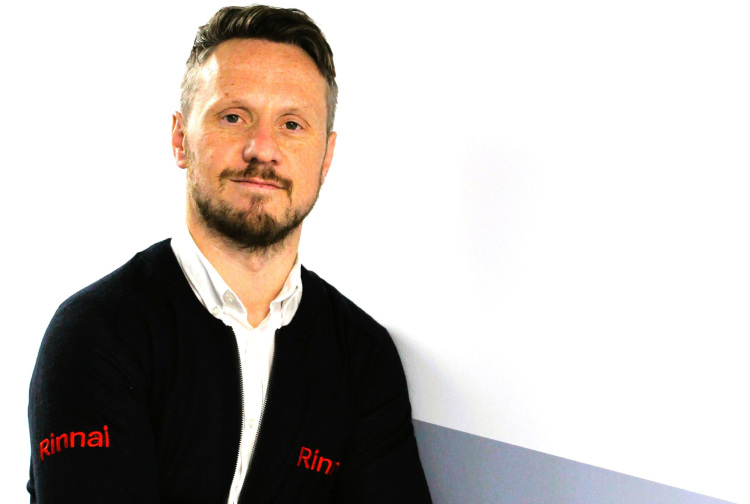Sat Nav May be a Crash Waiting to Happen
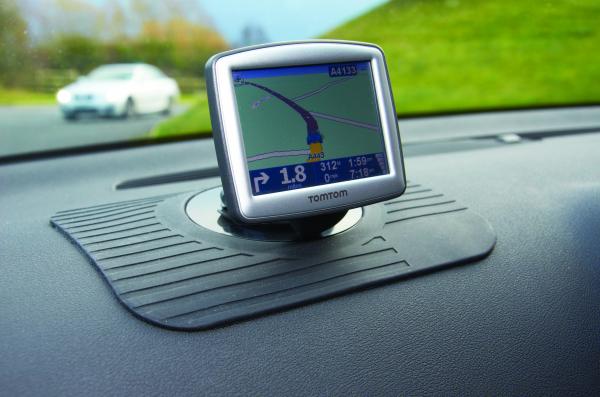
12 May 2016 | Updated 01 January 1970
Large screen devices positioned in the middle of a car windscreen mean a potentially lethal reduction in driver visibility, especially on left hand bends and at junctions, GEM warns.
“SatNav devices are great for relieving a lot of motoring stress but if in the process you’re obscuring a vast swathe of your field of view, then you are taking a huge risk,” warned David Williams, CEO, GEM. “A typical large screen SatNav device measuring nearly 17cm wide x 10.48cm high has the potential to cause significant restrictions to a driver’s field of view, especially if it’s mounted in the centre of the windscreen below a large rear view mirror.”
Williams believed that even though a small screen device may seem to be only a minor obstruction from inside the car, it had the potential to hide a much larger area outside the vehicle, depending on where the driver sat and the distance from it.
GEM has assembled what it terms as some simple tips to ensure the view of the road is not obstructed by a poorly positioned SatNav:
-
Ensure the position of the SatNav so that it will not affect the view of the road and ability to drive safely.
-
The safest place for a SatNav is low down on the windscreen and to the far right, to minimise obstruction of field of view.
-
If this is not possible, it may be acceptable in the centre of the windscreen, but position it as low down as possible.
-
Make sure of the right seat height and position to suit individual shape and size before positioning the SatNav.
-
Avoid fitting it to a location that could cause injury to a driver or passenger in a crash. This includes potential head strike zones on the windscreen, or other locations where deploying an airbag may contact them.
-
Never fit the SatNav high up on the windscreen. As well as severely restricting vision, this could interfere with the rear view mirror and sun visors and will require power cords to trail across the driver’s field of vision.
“Placing a SatNav right in the centre of the windscreen will block most of your nearside view and will mean you miss all the hazards that might be there,” added Williams. “This is particularly dangerous on left hand bends, at junctions and crossings and in any locations where you may share the road space with cyclists and pedestrians.”
Picture: The benefits of SatNav are clear but so are the dangers in terms of their correct positioning warns GEM
Article written by Robin Snow | Published 12 May 2016

.gif)

.gif)

.png)

.gif)
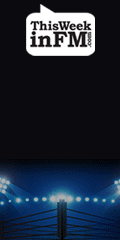

.png)

.png)
.jpg)


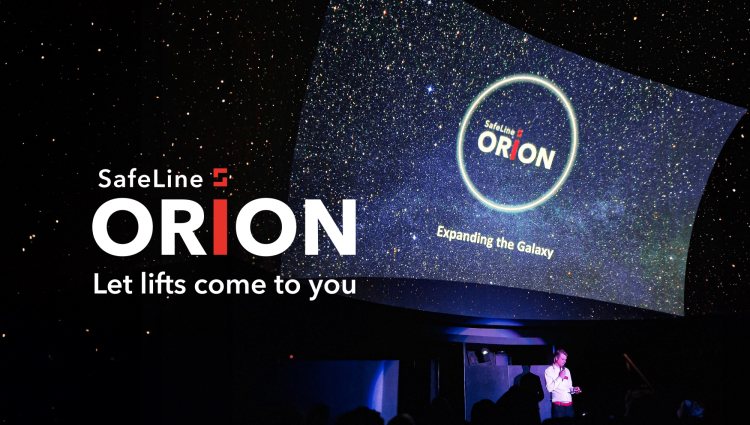


.jpg)
